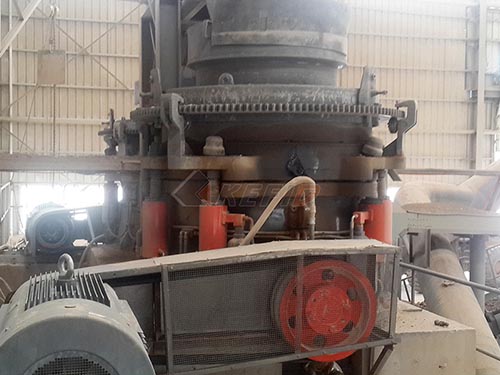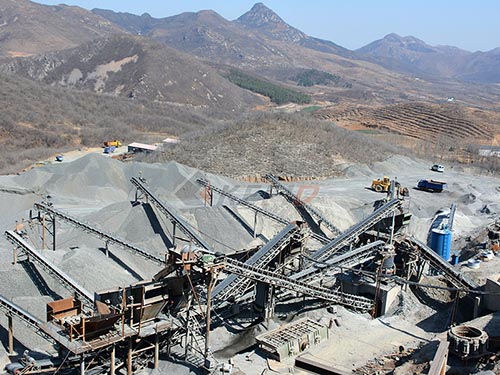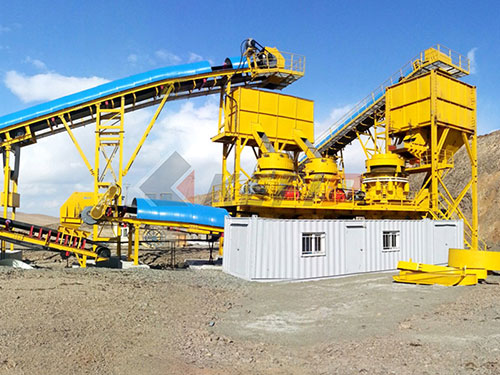The Unseen Powerhouse: Demystifying the Super Gyratory Crusher in Modern Mineral Processing
Within the thunderous heart of large-scale mining operations and ambitious aggregate production facilities lies a machine whose sheer scale and relentless power are often overshadowed by its final product: the Super Gyratory Crusher. This engineering colossus represents the pinnacle of primary crushing technology, a critical first step in liberating valuable minerals or producing construction materials from mountains of raw rock. Far more than just an oversized version of its predecessors, the Super Gyratory embodies decades of refinement in metallurgy, mechanics, hydraulics, and control systems to tackle the most demanding applications with unprecedented efficiency and reliability.
Understanding the Core Principle: Gyratory Motion
At its fundamental level, a gyratory crusher operates on a principle distinct from its more familiar cousin, the jaw crusher. Imagine a central vertical shaft supporting a massive conical crushing head (the mantle) within an inverted conical concave bowl liner fixed to the crusher frame. The key action is gyration. The shaft isn’t simply rotating; its upper end is suspended within a spider assembly near the top of the frame and constrained by bearings that allow it to describe a small circular path – essentially wobbling or gyrating – while rotating slowly around its own axis.
This eccentric motion causes the gap between the mantle and concave liner to continuously open and close cyclically at any given point around their circumference:

1. Feed Intake: As rock enters at the top (the feed opening), it falls into the narrowing space between mantle and concave.
2. Compression: As that point moves through its cycle due to gyrating motion, the gap closes significantly.
3. Crushing: Rock trapped within this closing gap experiences intense compressive forces as it’s squeezed between the moving mantle surface and stationary concave surface.

4. Discharge: Further along in the cycle (as that point moves), the gap widens again (the open side setting). Crushed material small enough to pass through this opening falls freely downward through successive crushing zones towards discharge.
5. Repeat: Uncrushed material tumbles further down into narrower zones where compression forces are even greater until it fractures sufficiently to pass through.
This continuous cycle creates a highly efficient “rock-on-rock” crushing action combined with direct compression against liners.
The Evolution to “Super”: Defining Characteristics
While standard gyratories are powerful machines themselves, Super Gyratories represent an evolution

Leave a Reply